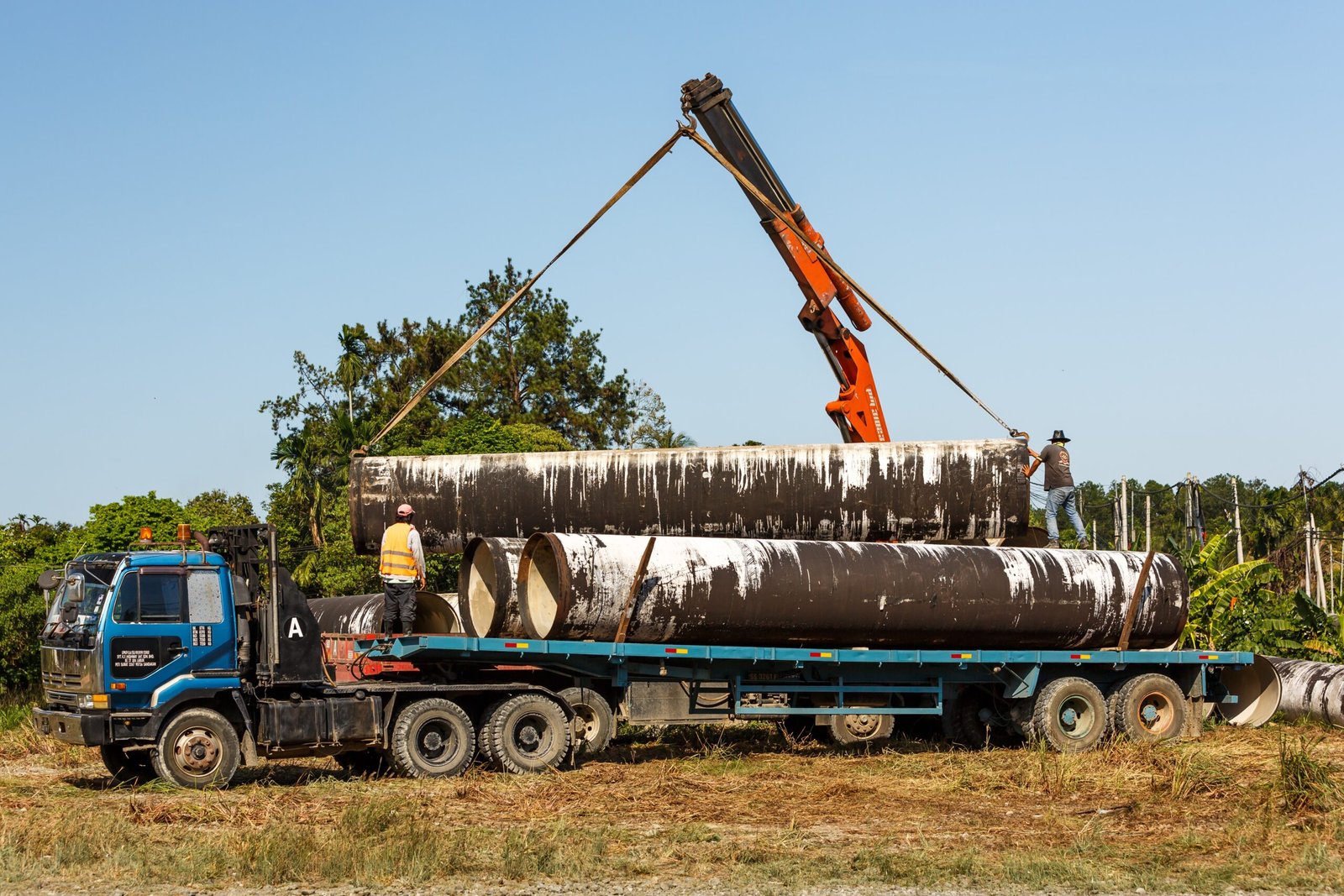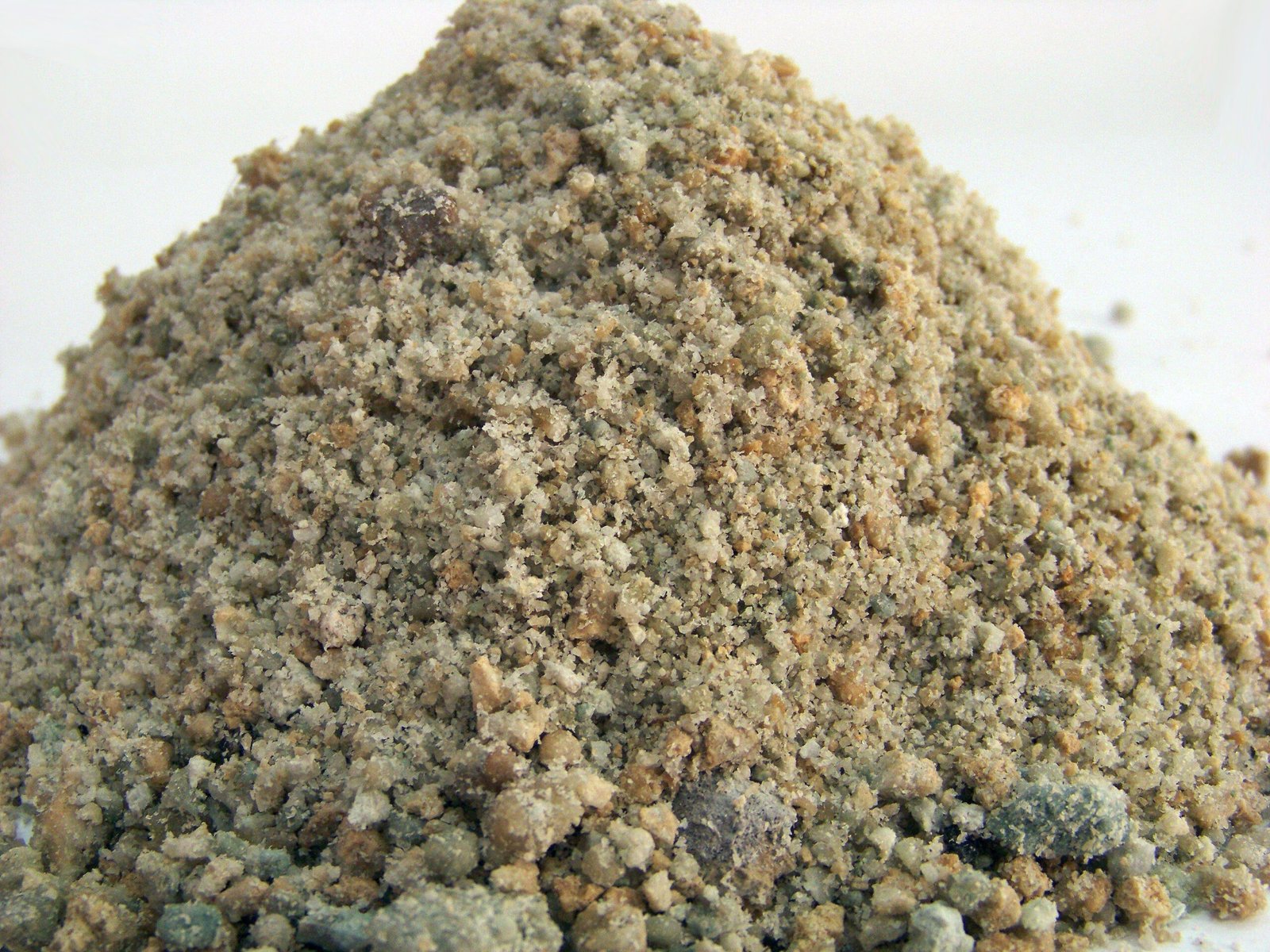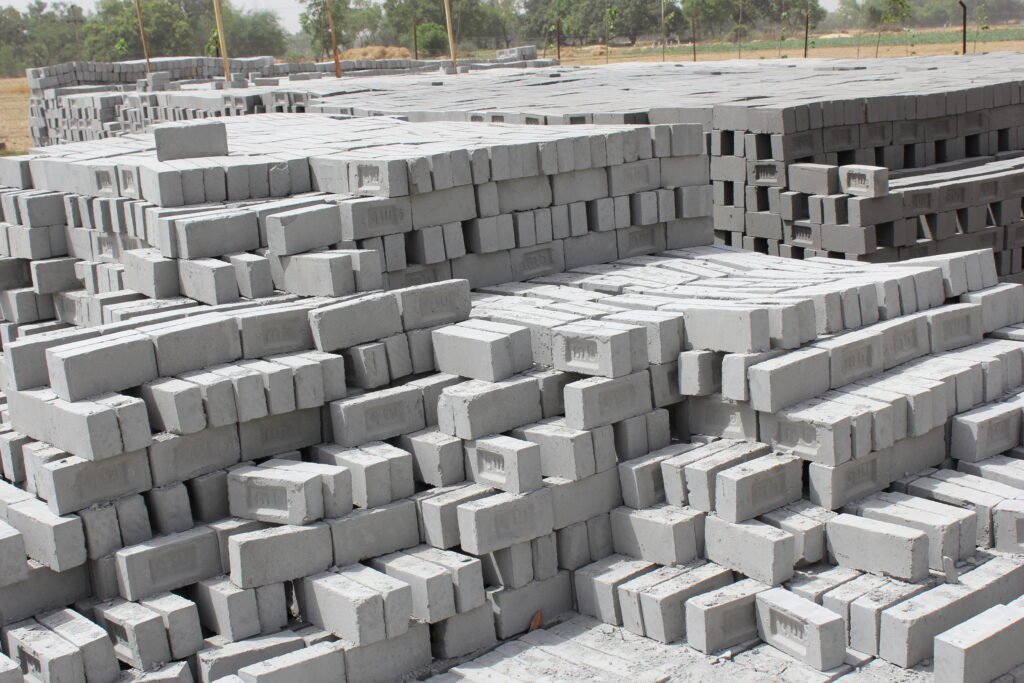In an era where infrastructure is the backbone of economic and social development, a silent crisis looms on the horizon: the shortage of fly ash. This gray, powdery byproduct of coal combustion has become an unsung hero in construction, quietly reinforcing the concrete structures that define modern civilization. But as the world shifts towards cleaner energy sources, the availability of fly ash is dwindling at an alarming rate. Could this unassuming material hold the potential to disrupt the very foundations of our future developments?
The Rise of Fly Ash in Construction

Fly ash has long been a staple in the construction industry, especially in the production of concrete. Its unique properties, such as high strength and durability, make it an ideal substitute for Portland cement. By incorporating fly ash, builders can create structures that are not only stronger but also more environmentally friendly. The use of fly ash reduces the carbon footprint of concrete production, aligning with global sustainability goals. As cities expand and infrastructure demands surge, the reliance on fly ash has only intensified.
Understanding the Fly Ash Shortage

The shortage of fly ash is a consequence of the global shift towards renewable energy. As coal-fired power plants are phased out, the production of fly ash has diminished significantly. This transition, while beneficial for the environment, poses a challenge for industries dependent on fly ash. Without a steady supply, construction projects face delays and increased costs. The scarcity of this crucial material could potentially hinder the progress of infrastructure development worldwide.
Environmental Implications of Fly Ash Production
While fly ash is celebrated for its role in sustainable construction, its production is not without environmental drawbacks. The process of burning coal to generate electricity releases harmful pollutants into the atmosphere. Fly ash itself contains trace amounts of heavy metals, which can pose environmental and health risks if not managed properly. As the world grapples with reducing its carbon emissions, the question arises: how can we balance the benefits of fly ash with the need for cleaner energy sources?
Innovative Alternatives to Fly Ash

As the availability of fly ash declines, researchers and engineers are exploring alternative materials to fill the gap. One promising substitute is ground granulated blast-furnace slag (GGBS), a byproduct of the steel industry. Like fly ash, GGBS enhances the strength and durability of concrete while reducing its environmental impact. Other potential alternatives include rice husk ash and silica fume, which offer similar benefits. The search for viable replacements is crucial to ensuring the continuity of sustainable construction practices.
The Economic Impact of Fly Ash Scarcity

The shortage of fly ash has far-reaching economic implications. Construction companies face increased costs as they seek alternative materials, which may be more expensive or less readily available. This, in turn, affects the overall cost of infrastructure projects, potentially leading to budget overruns and delays. In regions heavily reliant on coal-fired power plants, the transition to alternative energy sources may result in job losses and economic instability. The fly ash crisis serves as a stark reminder of the interconnectedness of energy policies and economic outcomes.
Fly Ash and Its Role in Reducing Carbon Footprint
One of the key advantages of using fly ash in construction is its ability to reduce the carbon footprint of concrete production. By replacing a portion of Portland cement with fly ash, builders can significantly decrease the amount of carbon dioxide emitted during manufacturing. This reduction aligns with global efforts to combat climate change and promote sustainable development. As the world strives for a greener future, the role of fly ash in mitigating environmental impact cannot be underestimated.
The Global Perspective on Fly Ash Utilization
Fly ash utilization varies significantly across different regions. In countries like India and China, where coal remains a primary energy source, fly ash is abundant and widely used in construction. However, in nations transitioning to renewable energy, the scarcity of fly ash presents a unique challenge. International collaboration and knowledge-sharing are essential to address this issue on a global scale. By working together, countries can develop strategies to optimize fly ash usage and explore alternative materials that align with their energy policies.
The Future of Infrastructure Amidst Fly Ash Shortage
The fly ash shortage presents both challenges and opportunities for the future of infrastructure. While the scarcity of this material may disrupt current projects, it also paves the way for innovation and adaptation. The construction industry must embrace new technologies and materials to overcome this crisis. By investing in research and development, companies can discover sustainable solutions that ensure the resilience and longevity of infrastructure projects. The fly ash shortage serves as a catalyst for change, prompting a reevaluation of traditional construction practices.
Policy Implications and Government Initiatives

Governments play a crucial role in addressing the fly ash shortage through policy and regulation. By incentivizing the use of alternative materials and supporting research initiatives, policymakers can drive the transition towards sustainable construction practices. Additionally, regulations ensuring the safe disposal and management of fly ash are essential to mitigate environmental risks. Collaborative efforts between governments, industries, and researchers are necessary to navigate the challenges posed by the fly ash crisis and secure a sustainable future.
A Call to Action: Embracing Innovation and Sustainability

The fly ash shortage is a wake-up call for the construction industry and policymakers alike. It highlights the urgent need to embrace innovation and sustainability in infrastructure development. By investing in research, exploring alternative materials, and adopting greener practices, the industry can overcome the challenges posed by this crisis. As we navigate the complexities of a changing energy landscape, the fly ash shortage serves as a reminder of the importance of resilience and adaptability in building a sustainable future. What innovative solutions will emerge from this crisis, and how will they shape the future of construction?




